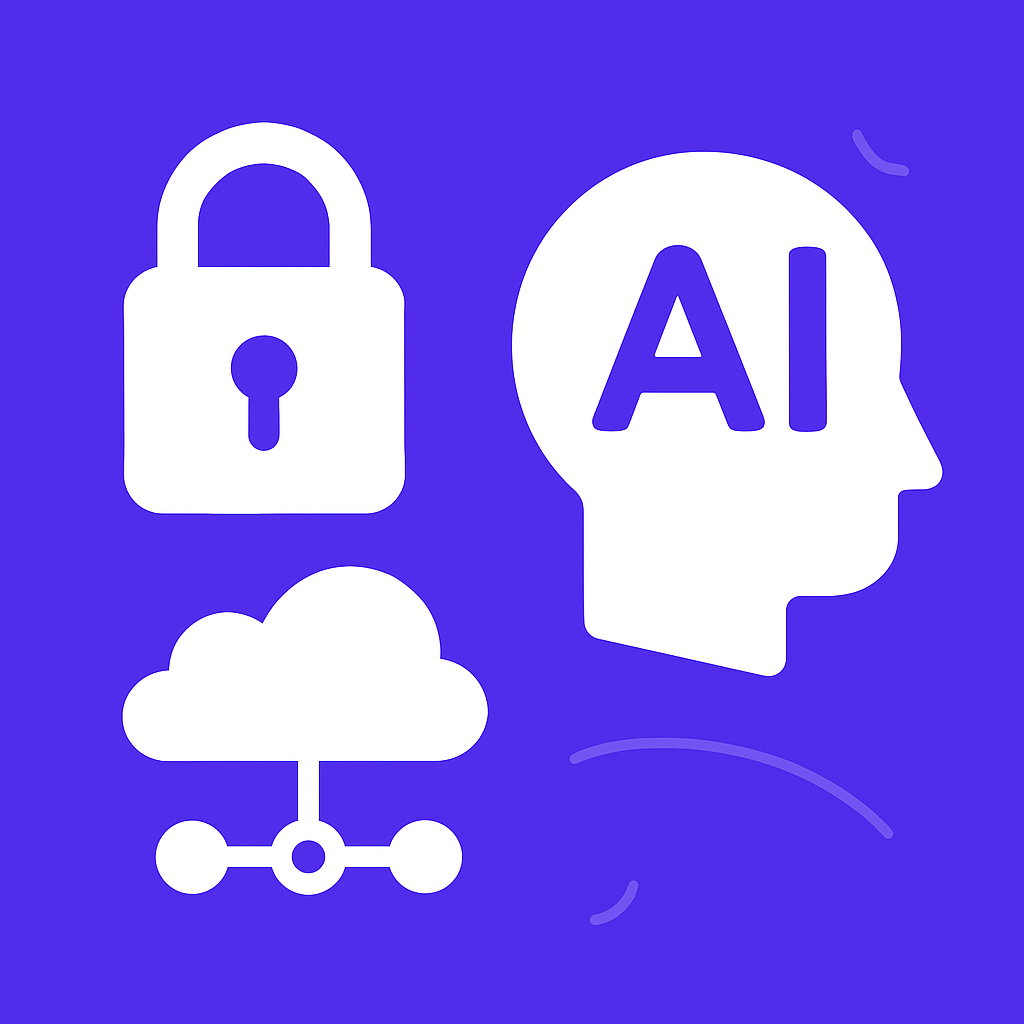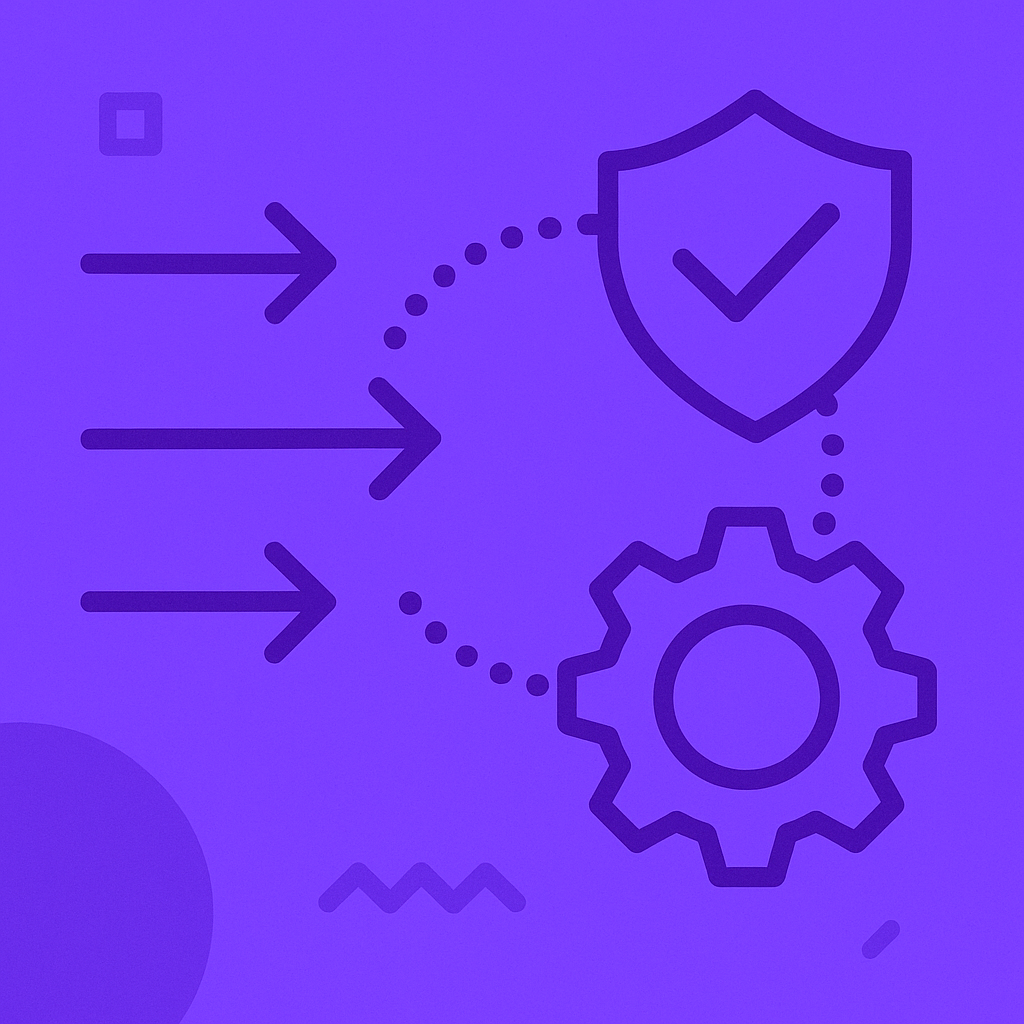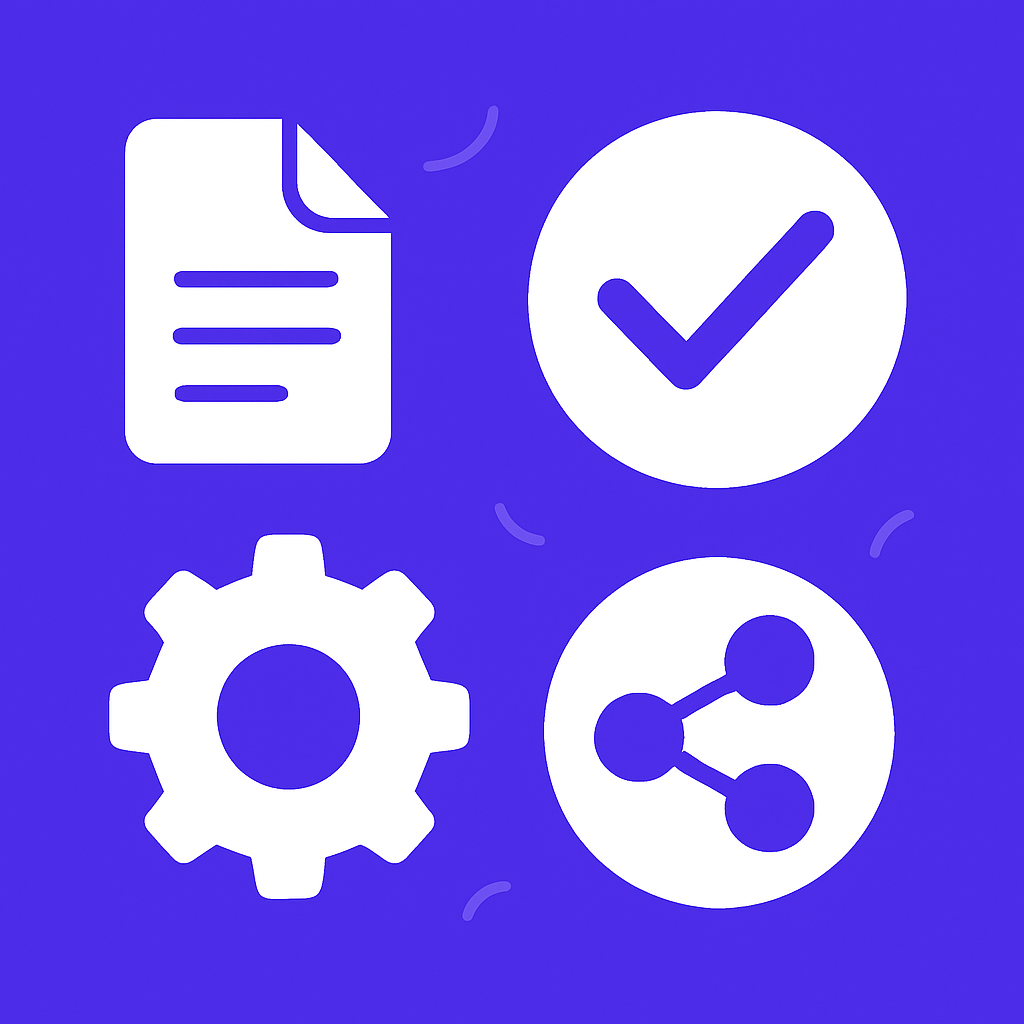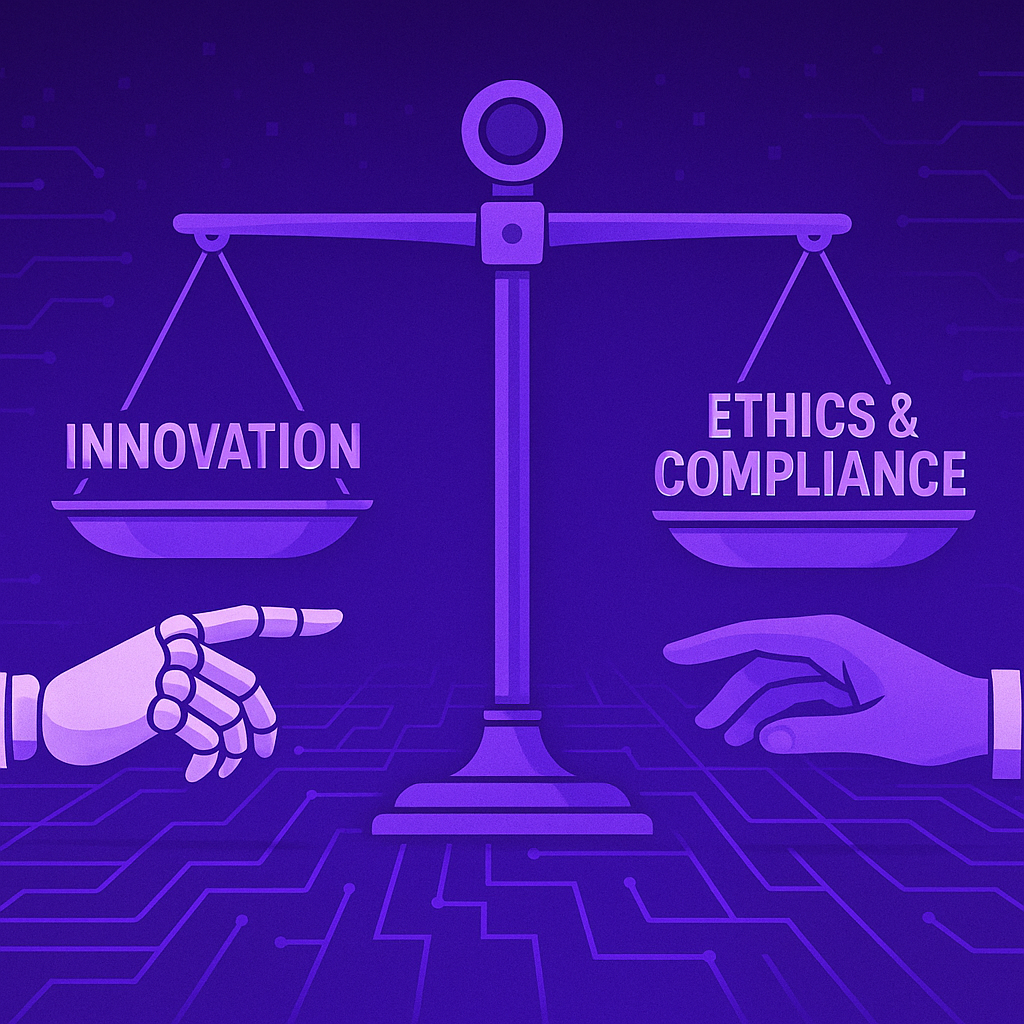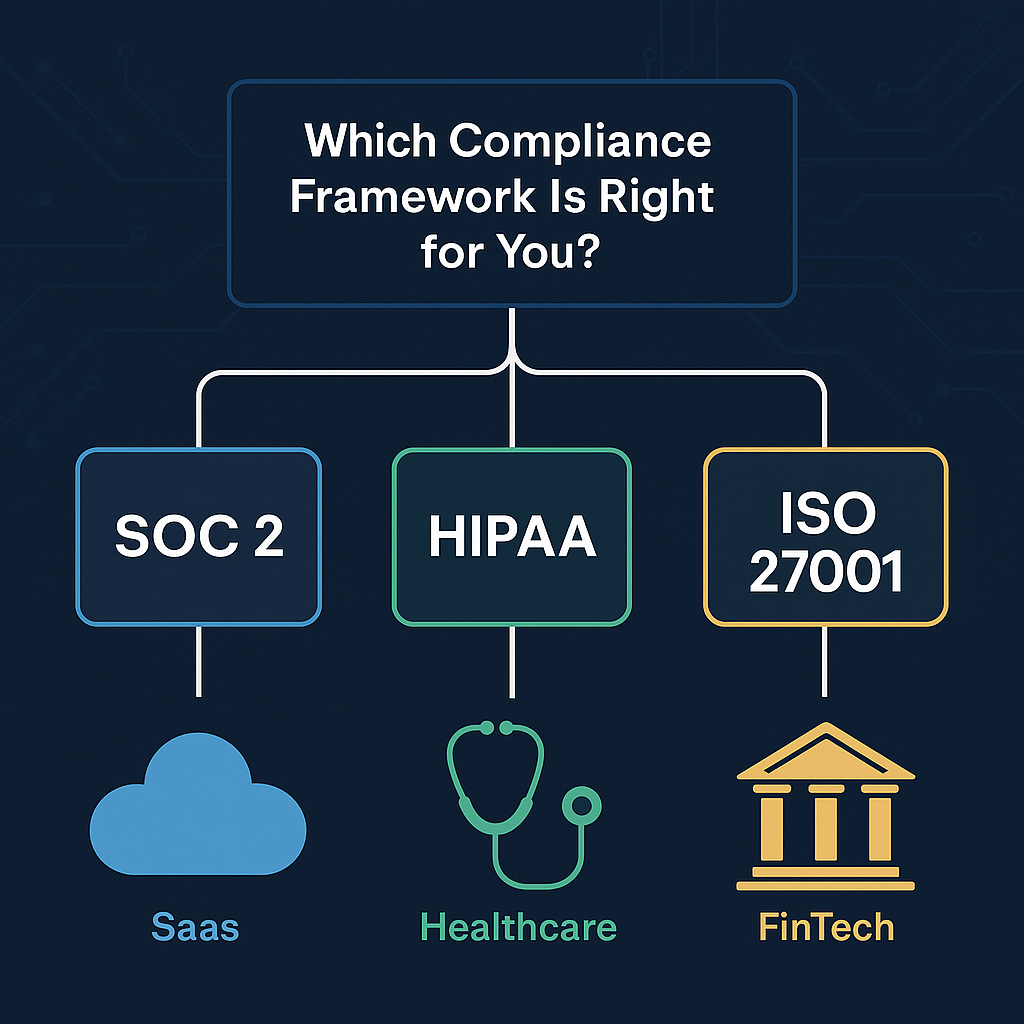There’s a lot of hype around AI right now—and for good reason.
From predictive healthcare to generative content to enterprise automation, AI is transforming how we live, work, and innovate. Startups are sprinting to release MVPs, land funding, and scale up fast. But in the race to build the next breakthrough, a massive blind spot is quietly growing—and it’s one that could compromise your entire product.
Your training data is your model’s lifeblood.
If that pipeline isn’t secure, your entire AI stack—from infrastructure to insights—is at risk.
The Hidden Danger Behind AI Innovation
While most AI founders focus on performance, accuracy, and results (as they should), many are skipping over the basic security hygiene of their training data workflows.
Here’s why that’s a problem:
- Your data is proprietary IP. It’s what gives your model an edge.
- It often contains PII or sensitive data from users, customers, or third-party sources.
- It’s rarely protected with the same care as production code—especially during early development.
- It’s a prime target for model inversion, poisoning attacks, and data leakage.
Let’s put it bluntly:
If an attacker gets access to your training data, they don’t just steal data—they hijack the foundation your product is built on. And the consequences go far beyond downtime.
What Happens When You Get It Wrong
The cost of poor training data security isn’t hypothetical—it’s real, and it’s happening.
Here’s what’s at stake:
- User Trust: Leaked or misused data leads to PR nightmares, lawsuits, and regulatory crackdowns—especially under frameworks like GDPR, HIPAA, or the new wave of AI-specific legislation.
- Model Integrity: Injected or tampered data can distort how your model behaves, often in subtle and hard-to-detect ways.
- Competitive Risk: If your dataset gets out, so does your algorithmic strategy. Competitors can reverse-engineer your product faster than you can pivot.
- Compliance Exposure: In sectors like finance, healthcare, or government—where AI use is heavily scrutinized—you could lose contracts, funding, or access to entire markets if you’re found noncompliant.
Think of your training data as your model’s source code.
Now ask yourself—would you leave your source code in an unsecured S3 bucket?
5 Practical Ways to Secure Your Training Data (Now, Not Later)
The good news? You don’t need to hire a CISO or build a security team from scratch to start getting this right. But you do need to be intentional, especially in early development.
Here’s what every AI startup should be doing:
1. Treat Your Training Data Like Production Data
If your product goes through security checks, your data should too.
- Encrypt it at rest and in transit
- Store it in secure, access-controlled environments
- Keep detailed audit logs of who accesses what, and when
Don’t make the mistake of assuming dev-stage data is too early to protect—it’s often the most vulnerable.
2. Limit Access and Know Who Has It
Training datasets should only be accessible to team members who absolutely need it. No more “shared folders” or “everyone in engineering has access.”
- Segment environments (dev, staging, production)
- Use RBAC (Role-Based Access Control)
- Review and prune access regularly
A compromised junior dev account shouldn’t open the door to your core IP.
3. Scrub Sensitive Information
Anonymize or pseudonymize PII before it hits your training pipeline. Use automated tools for structured and unstructured data—this isn’t something you want to manage manually at scale.
- Mask names, IDs, or behavioral data
- Separate identity data from functional training sets
- Make privacy the default, not the exception
This reduces both your security and compliance risk.
4. Secure Third-Party Data Pipelines
Using APIs or vendors to enrich or source your data? Vet them.
- Are they compliant (SOC 2, ISO 27001, etc.)?
- Do they encrypt data in transit?
- What’s their breach response plan?
If your third-party data provider gets compromised, you’re still liable.
5. Plan for the Worst (Then Reduce the Risk)
Hope is not a strategy. Startups that prepare for failure are the ones that survive it.
- Run breach simulations—ask: “What if this dataset leaked today?”
- Create a basic incident response plan
- Know what data you’d need to report, and to whom
This doesn’t just reduce risk. It makes your startup look more mature in front of investors, customers, and regulators.
Final Thought: AI Models Are Only As Secure As Their Data
In the rush to ship AI products, training data security often falls through the cracks. But your model isn’t just some abstract mathematical layer—it’s a reflection of the data it learns from.
If you lose control of that data, you lose control of your product, your trust, and your future.
This isn’t a backend engineering problem. It’s a business-critical one. And the earlier you bake in security, the easier it is to scale with confidence.
Building something big in AI?
Don’t wait for a breach to take data security seriously.
Let CloudSapio help you lock down your training pipeline—before someone else finds the gaps.

